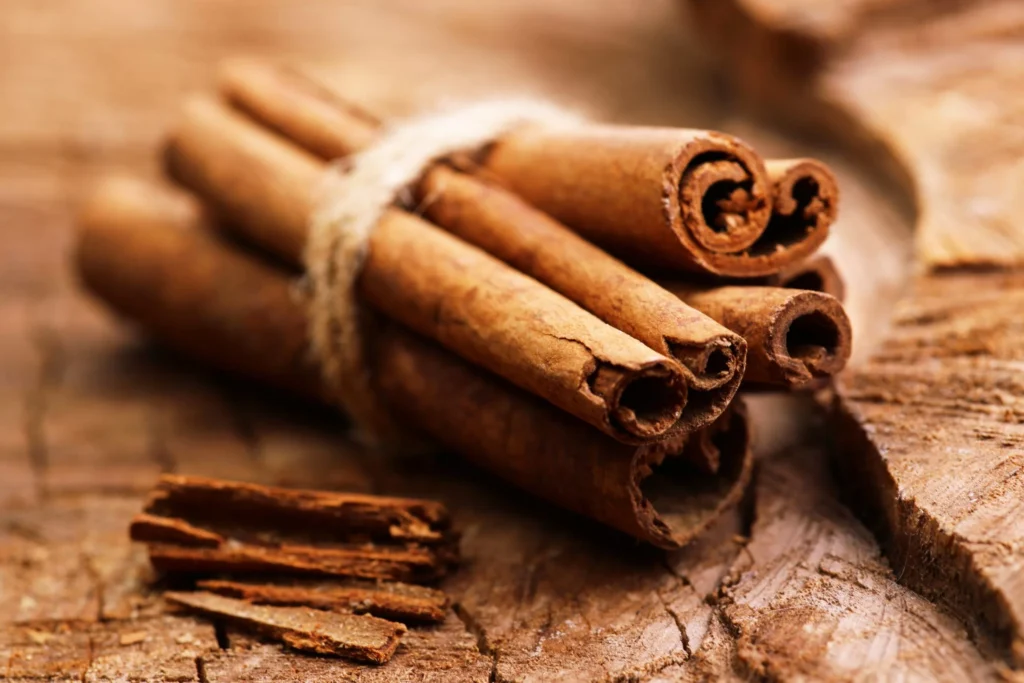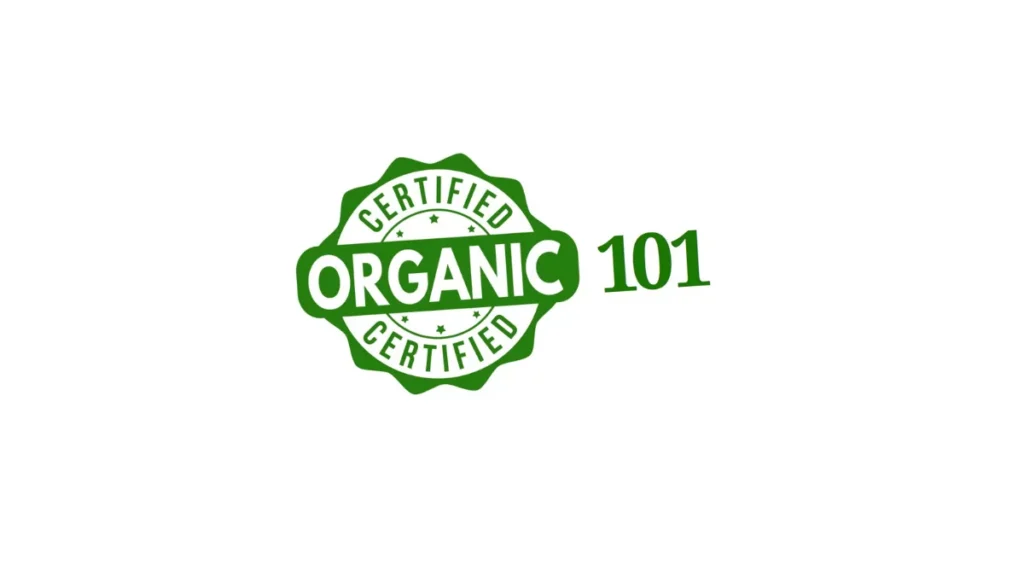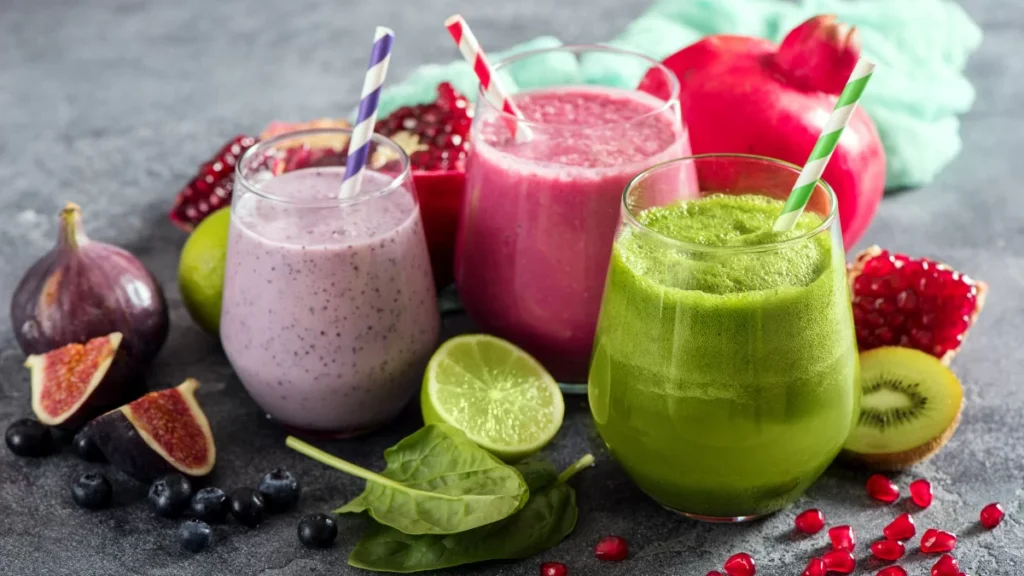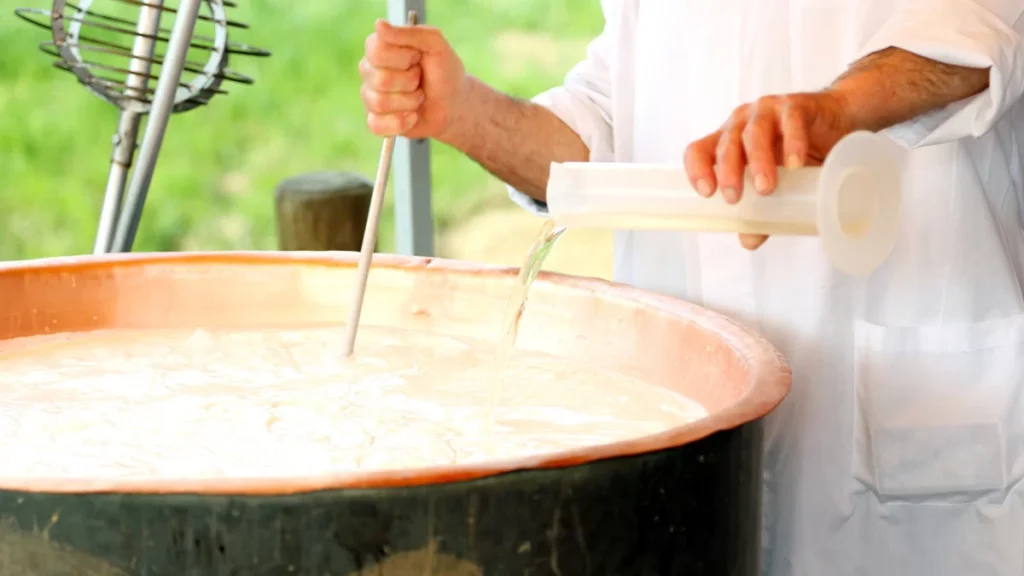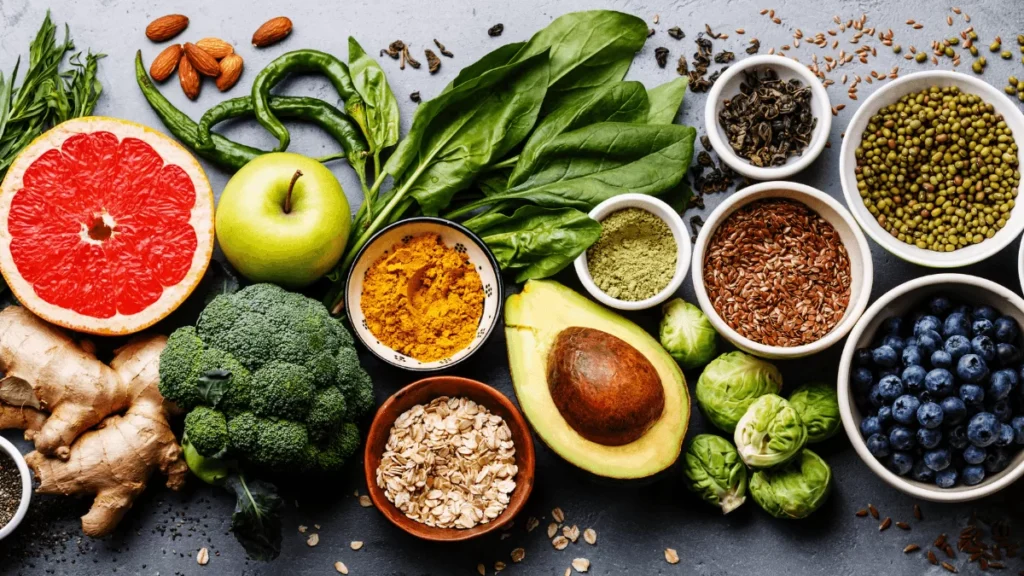Ask the Expert
Cinnamon And Cassia Explained
Cinnamon and Cassia are often used interchangeably. However, they are not the same. In the U.S., there is a great deal of confusion regarding the proper nomenclature for Cinnamon and Cassia
Ask the Expert — USDA Certified Organic Flavors 101
Trilogy’s USDA‑certified organic flavors include over 140 varieties, with streamlined certification taking days. Rigorous sourcing ensures compliance, while use of organic essential oils and oleoresins delivers clean‑label taste without compromising quality.
Ask the Expert — Flavoring Nutritional Products
Nutritional powders and beverages often taste bitter or metallic due to high protein, vitamin and mineral loads. Trilogy offers natural, clean‑label flavorings—chocolate, vanilla, strawberry, coffee, caramel—that mask off‑notes while meeting kosher, halal, vegetarian, organic standards.
Ask the Expert – How to Add Natural Flavors to Cheese
Trilogy Flavors provides natural, oil- and water-soluble flavors for consistent, clean-label cheese products. Their flavors integrate seamlessly into various cheese formats, from hard cheeses to dairy-free alternatives, offering versatility and enhancing taste profiles.
Ask the Expert – Reaction Flavors for Meat Alternatives
Trilogy’s reaction flavors use Maillard reactions to create authentic, savory profiles for plant-based meats. Vegan-friendly and heat-stable, these clean-label flavors enhance taste in sauces, snacks, and pet foods with oil- and water-soluble options.
Ask the Expert – Delivery Systems for Clean Label Flavors
Trilogy’s clean-label delivery systems use natural carriers like emulsions and encapsulations to enhance flavor stability, meeting organic and Non-GMO standards—ideal for brands eliminating artificial additives and ensuring transparent, natural ingredients.
Ask the Expert – Hydro-Alcoholic Extracts
Discover how hydro-alcoholic extracts offer a clean and effective solution for citrus flavors in beverages like hard seltzers. Using only ethanol and water, terpenes and waxes are removed to deliver clear, stable aroma profiles—free from artificial solvents. Ideal for clean-label formulations and transparent ingredient listings.

